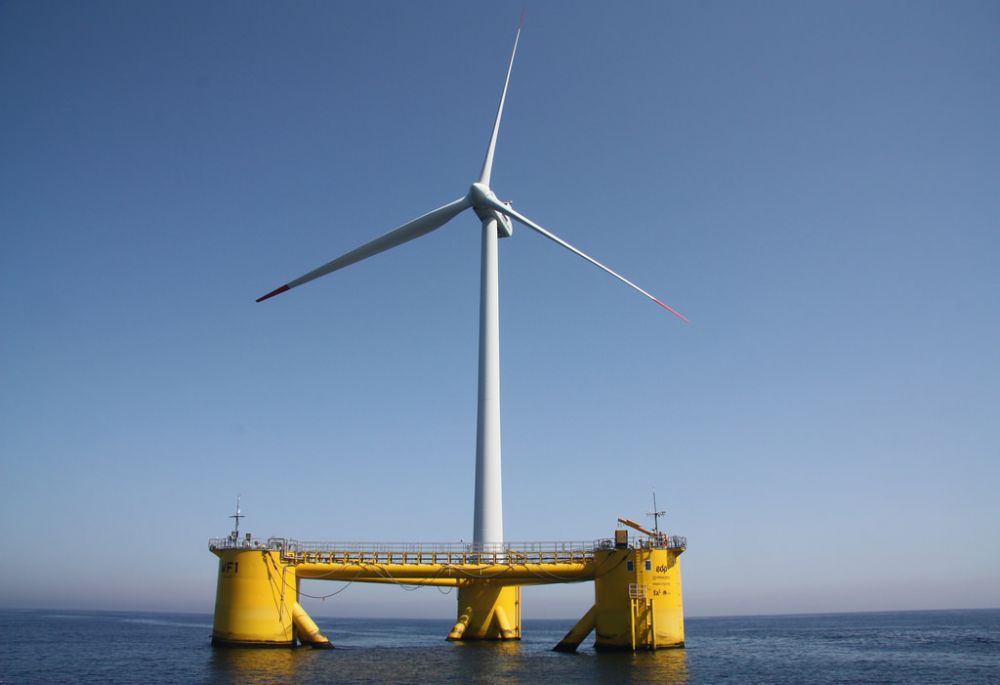Large floating offshore wind farm gets green light
The Scottish government has approved planning consent for one of the world’s largest floating offshore wind farms

The Scottish government has approved planning consent for one of the world’s largest floating offshore wind farms.
Eight 6 megawatt (MW) turbines will be installed nine miles (15km) south-east of Aberdeen.
Ministers said that once operational, the 48 MW wind farm will have the capacity to power the equivalent of almost 56,000 homes.
About 110 jobs will be created by the company involved, Kincardine Offshore Windfarm Ltd. during the assembly, installation and ongoing operations of the project.
Scotland hopes to become a world leader in floating wind turbine technology.
Announcing planning permission had been granted, Scottish Energy Minister Paul Wheelhouse said the project would help “cement our place as one of the world’s leading nations in the innovation and deployment of floating offshore wind”.
He went on to say: “If the technology can be demonstrated at scale, it has huge potential to help Scotland meet its energy needs and to develop a supply chain that can service opportunities elsewhere in Europe and in markets such as South East Asia and North America”.
Scotland’s commitment to low-carbon energy is outlined in the country’s new draft Energy Strategy, which sets out next steps towards the transition to a low-carbon economy, and the key role played by the offshore wind sector.
Wheelhouse added: "With 25 per cent of Europe's offshore wind potential, and through development with due regard to our natural environment, Scotland is uniquely and strongly positioned to maximise the economic and environmental benefits that the technology can deliver, which will help us progress towards our carbon emission reduction targets."
Lang Banks, Director of WWF Scotland, said: "The continued development of floating turbines in Scotland is encouraging as it could enable us and other nations to secure even more clean power from offshore wind."
He went on to say: “With the right political support for offshore wind and other technologies, Scotland can remain on course to secure half of all its energy needs from renewable sources by 2030…Research shows that generating half of our energy from renewables by 2030 is both necessary and achievable.”
According to data published last week by WeatherEnergy, wind turbines contributed 1,331,420 megawatt hours (MWh) of electricity to the National Grid in February – enough to power the equivalent of 3.9 million homes, or 162 per cent of Scottish households.
Furthermore, wind energy provided an output equivalent to more than Scotland’s total power needs for that day on four separate occasions – generating 118 per cent, 110 per cent, 127 per cent, and 128 per cent on the 2nd, 13th, 20th and 26th respectively.
For the latest news on renewables, sustainability and climate change, sign up to our free newsletter here.






